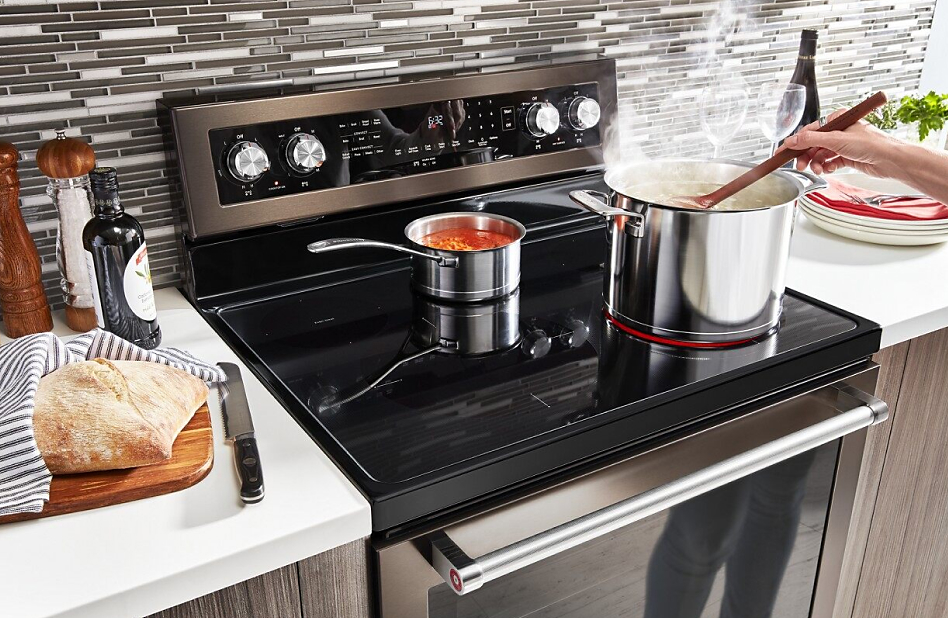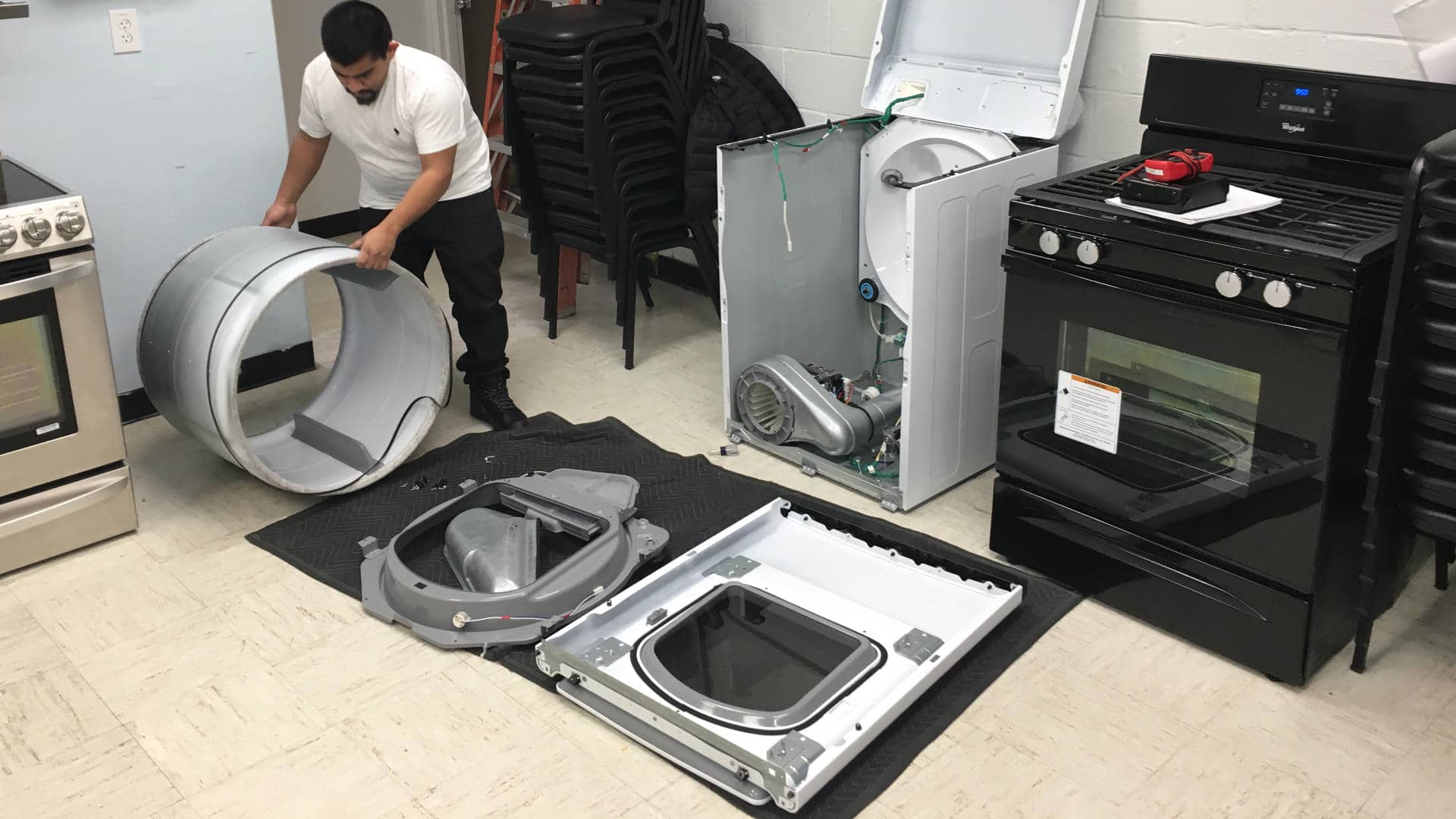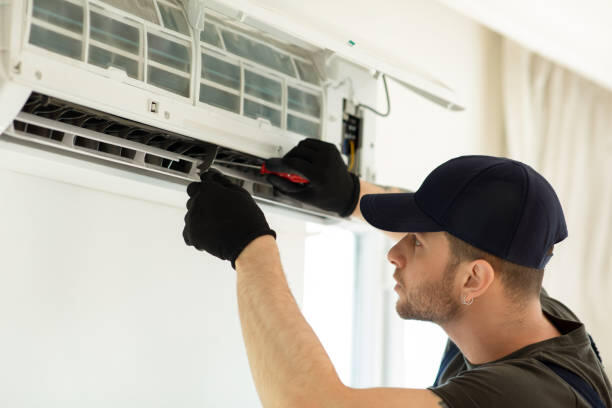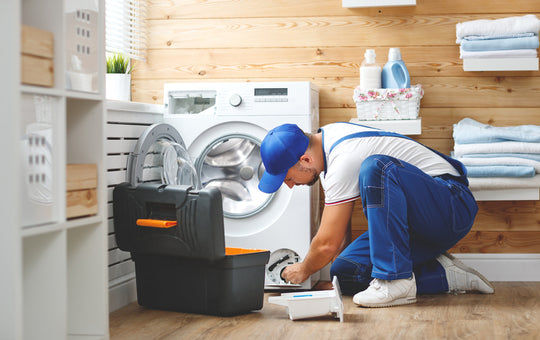Smart Home Setup: Easy Appliance Integration
The advent of smart technology has revolutionized the domain of home appliances, marking a significant leap from conventional devices to intelligent, interconnected systems. Today, smart home appliances not only perform their basic functions but also learn from user preferences, communicate with other devices, and can be controlled remotely, bringing a new level of convenience and efficiency to our daily lives. This evolution signifies more than just technological advancement; it represents a shift towards creating living spaces that are more responsive, personalized, and energy-efficient.
However, integrating these advanced devices into our homes is not without its challenges. From ensuring seamless connectivity across various platforms to addressing compatibility issues between different devices and systems, the process requires careful planning and understanding. This blog aims to demystify the installation and integration of smart home appliances, providing valuable insights into creating a cohesive and functional smart home ecosystem. By exploring best practices for installation, strategies for overcoming compatibility issues, and tips for ensuring your smart appliances work together in harmony, we aim to help you maximize the potential of your smart home setup, ensuring a smoother, more connected living experience.
Understanding Smart Home Appliances
Smart home appliances are distinguished by their ability to connect to the internet and other devices, offering users unprecedented control over their home environments. These devices go beyond conventional functionality, incorporating features such as WiFi connectivity, remote control via smartphones or voice assistants, and automation capabilities. This connectivity allows for real-time monitoring, control, and customization of tasks, transforming mundane activities into seamless interactions. For example, a smart refrigerator can monitor food expiry dates and create shopping lists, while a smart thermostat learns your schedule to optimize heating and cooling for energy efficiency.
The integration of smart technology into home appliances offers numerous benefits, significantly enhancing home efficiency and lifestyle. Energy management becomes more precise, with smart devices operating at optimal times to reduce electricity consumption. Convenience is greatly increased as tasks can be automated or controlled remotely, freeing up time for homeowners. Additionally, many smart appliances provide insights into usage patterns, helping users make informed decisions about their consumption habits.
When planning the installation of smart appliances, several key considerations ensure their effective operation. WiFi strength is crucial, as these devices rely on a stable internet connection. Evaluating the home network's security is also essential to protect against unauthorized access. Furthermore, considering the physical space and setup is important to ensure devices can communicate effectively without interference.
Selecting compatible appliances is another critical step, ensuring they can seamlessly integrate with existing smart home ecosystems like Google Home, Amazon Alexa, or Apple HomeKit. Compatibility ensures that devices can communicate with each other, creating a unified system that enhances the functionality and user experience. By carefully planning and selecting the right smart appliances, homeowners can create an efficient, secure, and highly personalized smart home environment.
Installing Smart Home Appliances
Installing smart home appliances typically involves a series of steps that, while varying slightly depending on the device, generally follow a consistent pattern to ensure successful setup and integration into your smart home ecosystem. Here’s a guide to navigate through the installation process, applicable to a broad spectrum of smart appliances, from thermostats and lighting systems to security cameras.
Step-by-Step Installation Guide
Unboxing and Setup: Carefully unbox the appliance, keeping all manuals and accessories at hand. Locate the setup or installation guide provided by the manufacturer.
Power Connection: Connect your device to power, either by plugging it into an electrical outlet or installing batteries if it's designed for wireless operation.
Download the App: Most smart appliances require a companion app for setup. Download the app specified by the manufacturer from the App Store or Google Play.
Connect to WiFi: Follow the app instructions to connect the appliance to your home WiFi network. This step often involves pressing a button on the device to make it discoverable.
Customize Settings: Once connected, customize settings such as device location, operation schedules, and any specific preferences via the app.
Tips for DIY Installation:
- Ensure your WiFi network is stable and strong where the appliance will be installed.
- Follow the manufacturer’s instructions carefully to avoid common setup mistakes.
- For devices that require physical installation (e.g., thermostats, door locks), ensure you have the necessary tools and hardware.
When to Consider Professional Assistance:
- If electrical wiring is required, it’s safer to hire a professional.
- For complex systems that integrate multiple devices, professional installation can ensure optimal setup and configuration.
Connecting to Smart Home Ecosystems
Integrating your smart appliance with platforms like Google Home, Amazon Alexa, or Apple HomeKit typically involves adding the device through the respective smart home app. This process generally requires selecting the ‘Add Device’ option within the app, choosing your appliance from the list, and following the on-screen instructions to complete the integration.
Troubleshooting Connectivity Issues:
- Ensure your appliance is compatible with the smart home platform.
- Restart the device and try the integration process again.
- Check for any updates for your smart home platform or the appliance firmware and install them.
Ensuring Secure Connections:
- Use strong, unique passwords for your WiFi network and smart home accounts.
- Regularly update your device’s firmware to patch security vulnerabilities.
- Consider using a separate network for your smart home devices to isolate them from your main network.
By following these steps and tips, you can successfully install and integrate your smart home appliances, enhancing your home’s intelligence and your overall quality of life.
Navigating Compatibility Issues
Navigating the landscape of smart home appliances and systems often involves addressing compatibility issues that can arise due to the diverse range of technologies and standards employed by different devices. Common challenges include devices not connecting to the home network, appliances not being recognized by home automation systems, and functionalities being limited due to incompatibilities.
Identifying and Overcoming Common Challenges
To resolve these compatibility issues, several strategies can be employed:
Firmware Updates: Regularly updating the firmware of your smart appliances and home automation hub can resolve many compatibility issues. Manufacturers often release updates that improve interoperability and add support for newer devices.
Compatibility Bridges: For devices using different communication protocols, compatibility bridges act as translators, allowing them to communicate seamlessly. For instance, a bridge can enable Zigbee devices to connect to a system primarily designed for Wi-Fi devices.
Compatibility Databases: Consulting the compatibility databases or lists provided by manufacturers or third-party websites can help you determine whether your devices will work together before making a purchase.
Leveraging Interoperability Standards
The adoption of interoperability standards like Zigbee, Z-Wave, and others is crucial in minimizing compatibility problems. These standards provide a common language for smart devices, facilitating their integration within a cohesive smart home ecosystem.
Zigbee and Z-Wave: Both are popular for their low-power, reliable mesh networking capabilities, making them ideal for home automation. Devices using these standards can easily connect and communicate with each other, regardless of the manufacturer.
Choosing Compatible Appliances and Systems: When purchasing new smart home appliances or planning a system, prioritize devices that support widely adopted interoperability standards. This approach ensures easier integration and a broader range of compatible devices, enhancing your smart home experience.
By understanding these compatibility challenges and how to address them, as well as prioritizing interoperability standards, homeowners can create a harmonious and fully integrated smart home environment, maximizing the convenience and efficiency these technologies offer.
Conclusion
The journey to a fully functional and efficient smart home hinges on the proper installation and seamless integration of smart home appliances. This guide has illuminated the pathway to achieving a harmonious smart home ecosystem, emphasizing the importance of addressing compatibility issues to ensure a seamless experience. The evolution of home living is now at our fingertips, promising a future where our homes are more responsive, convenient, and tailored to our needs.
Step into the future of home living by welcoming smart appliances into your space. Follow this comprehensive guide to ensure a hassle-free installation and tackle any compatibility issues with confidence. Upgrade your home with smart technology today and revel in the enhanced convenience and efficiency of a truly connected lifestyle.






